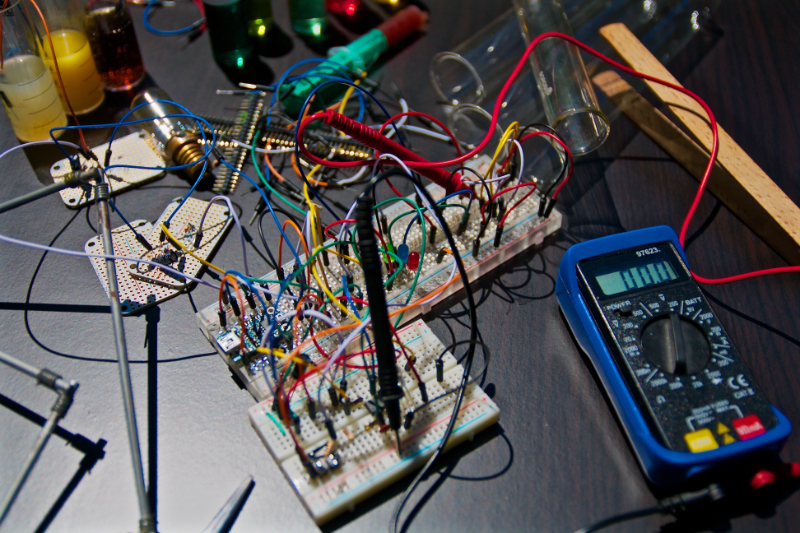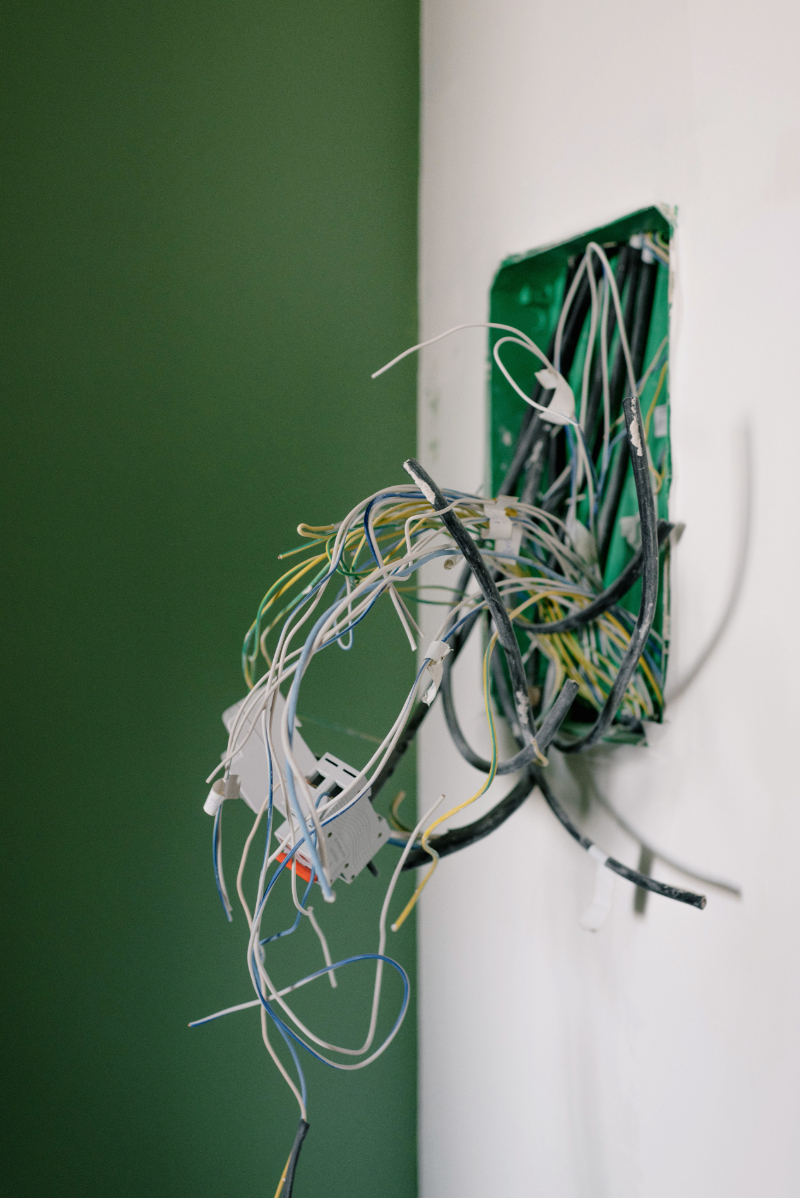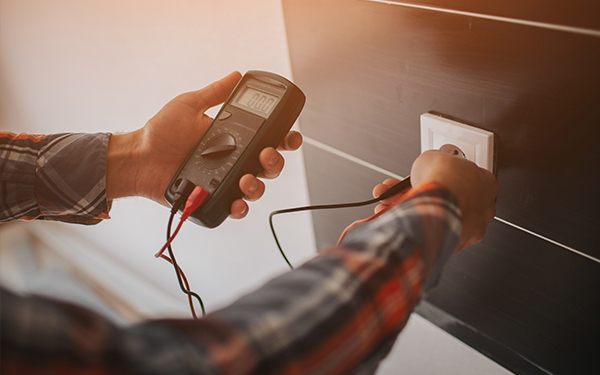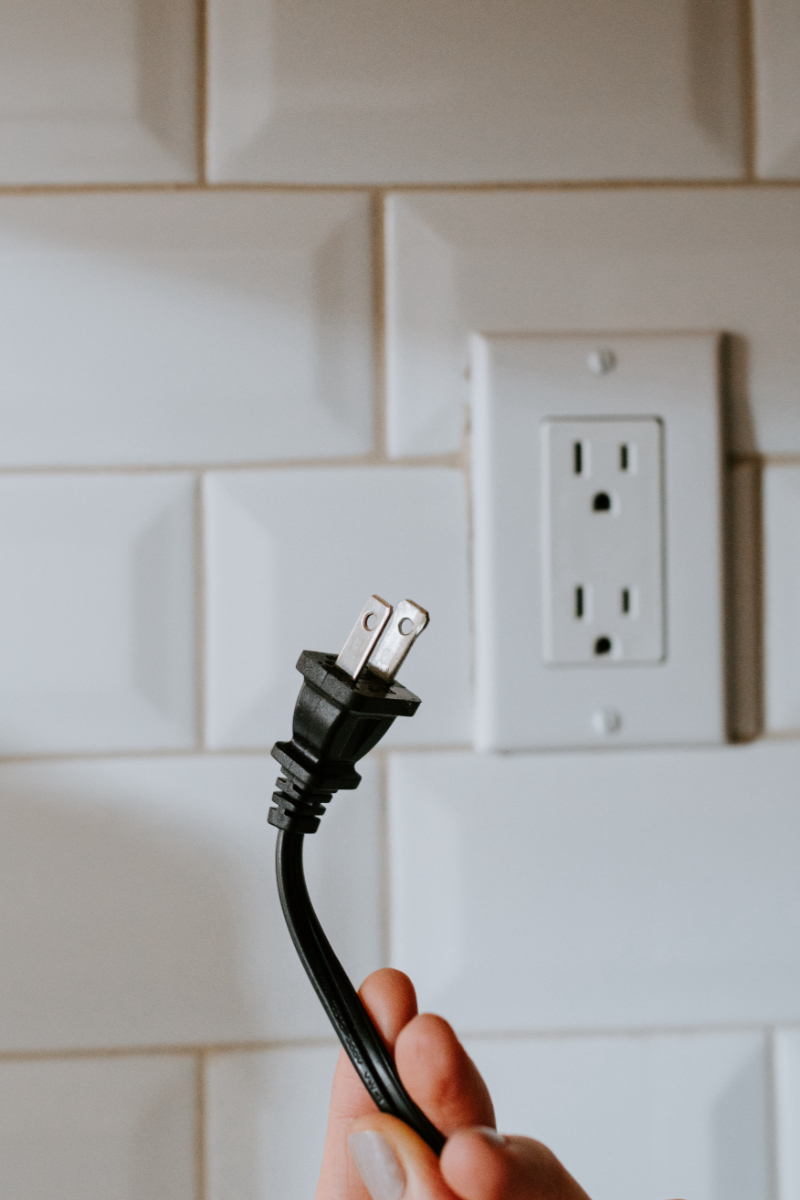What Is The Purpose Of Portable Appliance Testing PAT
- Posted by:
- Admin
- Tags:
- Posted date:
- 11-07-2022

What is a PAT test?
A PAT test is a relatively routine inspection and testing that many 'portable' electrical installations and appliances in the workplace or rented property undergo to assess their safety and efficiency. These routine tests are essential for helping prevent a whole host of electrical accidents at work that could lead to immense damage.
A full PAT test usually includes in-depth checks, relatively brief user checks and formal visual inspections utilising specialist test equipment and tools. In visual inspections, professionals may search for frayed cables, bad internal wiring, light fittings, consumer units, faulty switches, exposed metal parts, unsuitable fuses, signs of burning, damage or overheating, etc.
Such methods ensure compliance, and testing involves lead polarity, insulation resistance checks and earth continuity, and some only require reduced examinations, often referred to as PAT insulation tests. Double insulated products are often categorised as Class 2 and require more frequent testing than low-risk class 3 items.
At the end of each PAT test, your electrical appliances are given a mark to assess whether they have either a pass or fail, and inspectors, employers, or the PAT tester will record the complete test results. Not all items and appliances need to be PAT tested, as some may not be of the right class or produce enough nominal voltage to be a severe danger.
However, all plugs and charging cables will be checked and inspected thoroughly.
What does PAT stand for?
PAT is known to stand for 'Portable Appliance Testing.'Portable appliances have no clear definition; however, many define them as electrical products with plug ends attached that you or employees can safely plug into sockets outlets in the wall. The PAT test ensures that these devices are safe for use in the workplace and comply with all current regulations.
Yet, portable doesn't always mean movable, making the word portable relatively misleading. There are approximately seven categories of different appliances that must be PAT tested or at the very least given a visual in-service inspection if they are not of the suitable electrical class for PAT testing.
These categories include:
- Fixed Appliances
- Stationary Appliances
- IT Appliances
- Moveable Appliances
- Portable Appliances
- Flexible Cables & Chargers
- Handheld Appliances
Is PAT testing a legal requirement?
PAT testing is not deemed a legal obligation or requirement.
However, these tests are encouraged by UK legislation that states all businesses that utilise electricals must ensure electrical equipment on construction sites is in a safe working condition and properly maintained.
All employers have a duty of care and a legal responsibility to ensure employee and public safety regardless of the danger of the work they complete daily.
PAT testing of electrical equipment is the most common and effective way to do so, especially for appliances that are large, high-risk or placed in complex environments.
PAT testing over the years has been a standard in almost all industries to meet the UK legal obligations.

PAT Testing Regulations UK:
The Health and Safety at Work Act 1974
The Electricity at Work Regulations 1989
The Provision and Use of Work Equipment Regulations 1998
The Management of Health and Safety at Work Regulations 1999
Who can do Portable Appliance Testing (PAT)?
UK law states competent people or trained employers must perform all further portable appliance testing completed. The IEE (Institution of Electrical Engineers have specifically defined a competent person worthy of PAT testing as someone capable of having:
- Adequate knowledge of electricity and the significance of the testing.
- Adequate experience in electrical work in any field.
- You must have a strong understanding of the various potential hazards that can arise during working conditions with such machinery or equipment.
- You must understand the current Electricity At Work Regulations.
- It's paramount to understand the precautions you must take to avoid these hazards.
- All PAT testing persons must recognise when it's safe to continue working in the current conditions.
- It's significant to understand the electrical systems the company is working with, alongside practical experience of each class system you work with daily.
In an ideal world, all PAT tests would be conducted and efficiently to successful completion by registered electricians with the necessary nationally recognised qualifications.
However, some devices must be PAT tested more frequently than others, so it is simply easier to train an individual within your business. Many current Portable Appliance Testers are deemed competent enough to carry out these tests if they have successfully completed a high-quality PAT training course with a talented, skilled instructor.
PAT testing courses like these are often knowledge-based, with a handful of functional, practical tests that instructors oversee. The fundamentals of your PAT course will typically cover the essential workplace electrical safety and fully explain the testing methods for each item regardless of the class.
Professional instructors will encourage you to demonstrate visual or combined inspections of your workplace appliances to show an accurate and sound understanding of the devices and their annual Portable Appliance Testing techniques.
Which Portable Appliances should be tested?
According to the current legislation, many say there is no specific definition of a portable appliance.
However, the most common interpretation or description is any electrical appliance with a plug that can be suitably inserted into any wall socket for the device to be efficient.
Any high-risk machinery that tends to require a qualified electrician to inspect it is not tested during a regular PAT test from a competent person or employer. High-risk equipment and power tools tend to need more experienced and knowledgeable professionals.
You may be surprised to discover that portable devices don't always mean the equipment is mobile or movable.
PAT testing can apply to those tools and IT appliances that have fixed wiring or are stationary, alongside chargers, power cables and any handheld machinery.
Two main essential factors help determine whether your electrical item needs to be tested for safety and efficiency, and these include their category and their class.

What are the 'electrical classes' in PAT testing?
There are three essential electrical classes that appliances are often categorised as; these are very simplistically named 'Class 1, Class 2 and Class 3.' It's essential to understand the class of your electrical appliances, as they can help you and your staff understand the needs and regulations that each must meet to be seen as adequate in the workplace by the HSE.
Regardless of the electrical class and formal limits you deal with, all business owners and high-up employers are encouraged to test each lead and plug to prevent danger and ensure continual safety.
Class 3/Class iii
Refers to electrical items of significantly low voltage limiting devices. Class three is known as the least dangerous, making them the safest class of appliances in the electrical industry. You do not need to perform PAT tests on class 3 items, as they are of a separated extra-low rated voltage.
However, equipment manufacturers recommend that all charging leads you may use to power a competent individual thoroughly check these devices with a brief checklist. Some of these appliances include laptops, low-energy light bulbs and mobile phones.
Class 2/ Class ii
Refers to any electrical equipment that does not rely on the earth for significant protection. These appliances include DVD Players, photocopiers, vacuum cleaners, computers and televisions. These devices and their plug-ins must all be thoroughly tested.
Class 1/ Class i
Relates to any electrical equipment or appliances that need the earth for protection and have only basic insulation. Class one appliances have three wires inside their mechanisms correctly connected to three different pins; Live pin, Earth pin and Neutral pin.
These appliances include kettles, irons, toasters, microwaves and refrigerators. Many of those with class one or two have the most dangerous defects, so they need more frequent PAT testing in the workplace.
How often should PAT tests be conducted?
One of the most commonly asked questions concerning PAT tests in the UK is how often these tests should be conducted, and the truth is there is no specific rule for PAT test suggested frequencies. However, often the regulations will state that precaution levels you take should be accurate to and appropriate for the risks.
You, as a company or employer, can determine the PAT testing frequency based on the following:
- The category of your appliances
- The risk level within your working environment
- The electrical class of your workplaces appliances
The Health and Safety Executives (HSE) tend to recommend that employers decipher the regularity of their PAT tests by considering the following pieces of information:
- Consider the age of your equipment; the older they are, the more they will require electrical testing.
- Consider the frequency of use; if you utilise machinery and equipment more than the average company, you will have to perform tests for efficiency and electrical safety defects during periodic intervals with all faults reported.
- Consider how safely and correctly you and your staff use your equipment. If there is a foreseeable misuse of the tools, you may need to do more tests.
- You may want to search through the equipment manual to uncover the manufacturer's recommendations.
- Consider the effects any modifications and repairs could have on your equipment. If your systems have recently been repaired, they may not need as frequent PAT tests as others. If your equipment has undergone modifications, more frequent PAT tests may be required to ensure they are up to standards.
Who is responsible for portable appliance testing safety?
Ultimately, your employer's responsibility is to ensure the workplace conditions are consistently safe. Therefore, many experienced employers specifically developed PAT testing schemes.
In much larger businesses, employers will outsource and delegate the responsibility of PAT testing to any competent individual in their company or association with their business network.
Testing must be completed by those with experience or brief knowledge of the tests and their significance.
For business owners to comply with and meet all legal obligations, it is paramount that their company equipment must not fail and fall into a state of disrepair.
If your appliances receive frequent risk assessments and checks from competent persons, you can achieve these regulations.
If you are known for consistently complying with regular maintenance system checks, your company will likely be looked upon more positively in the foreseeable future by contractors, suppliers, and customers.
Maintaining transportable electric equipment in various risk environments will ensure cost savings, as you won't have to spend money on frequent repairs.

Several companies and services offer adequate PAT Testing Training Courses; you may have to attend their UK properties or centres to receive such simple training. You can have individuals from these companies complete in-house courses at your own offices or educational establishment premises.
Many of these courses will help your staff cover numerous subjects related to PAT Testing and electrical appliance safety, such as appliance classification, how to use PAT tester devices and electrical risk awareness. Such courses may only last one day, and they provide awarded certificates for all successful members.
We hope this article has been helpful in understanding the common causes of electrical problems.
If you live in the Retford, Nottinghamshire area and you need help or advice with commercial or domestic electrical testing we can help. Follow the links below to contact our local Retford electrical expert today.
